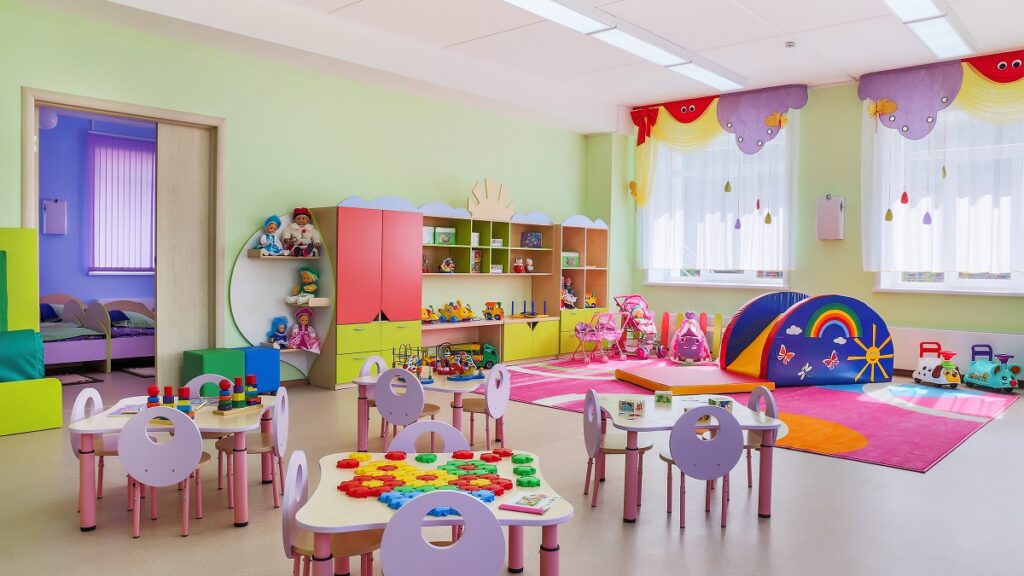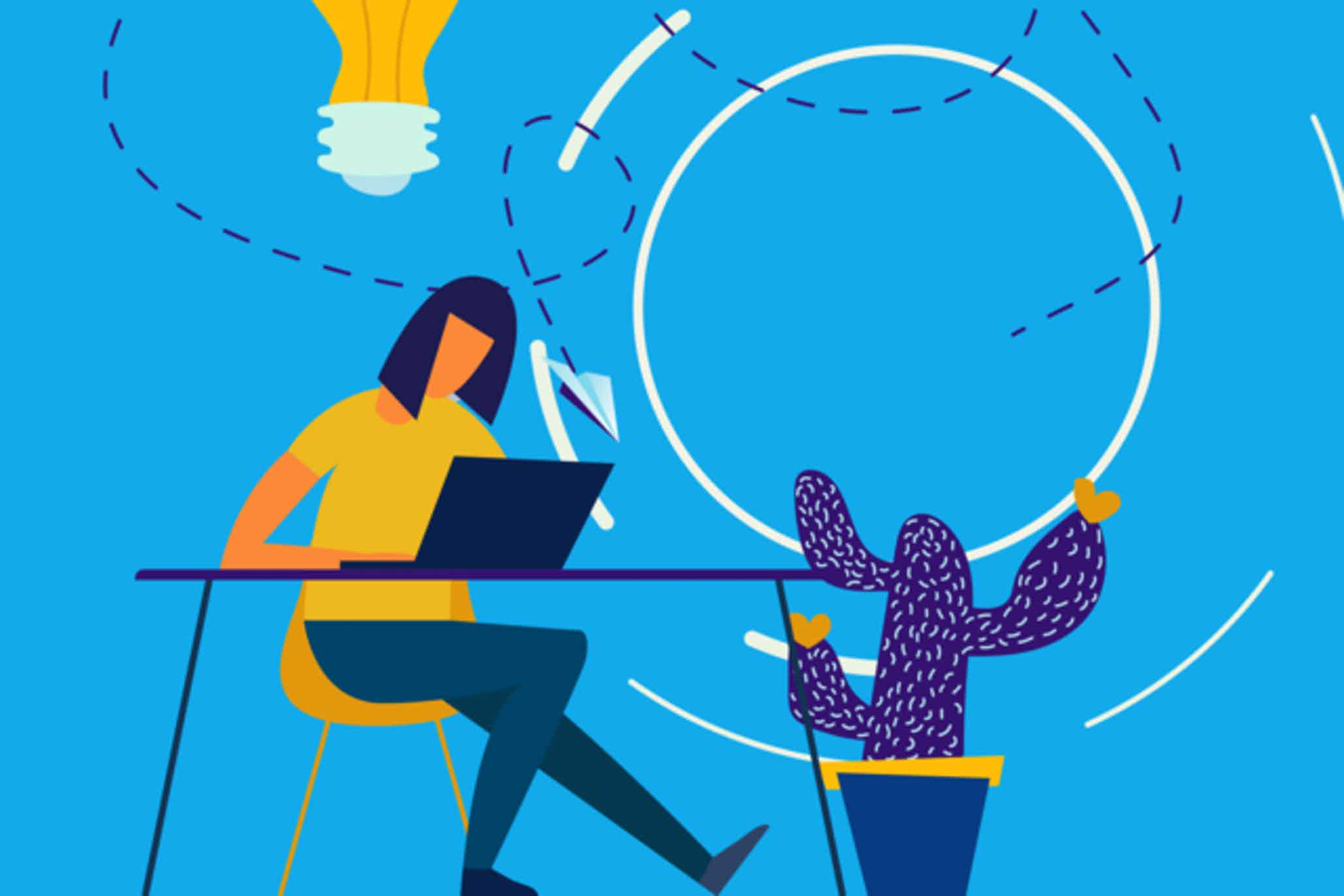
A student’s learning environment can be just as important as a detailed lesson plan. When teachers lay out their classrooms, they take great care to arrange desks, learning centers, and materials to encourage a favorable knowledge-soaking environment.
While it may be tempting to cover the walls with bright, busy materials to create an exciting and inviting classroom, too much visual stimulation can become a distraction and even affect behaviors within the homeroom.
As a teacher, you want to do your best to ensure your students leave knowing more than when they came. Explore the following dos and don’ts to help make your classroom inviting but not overwhelming for your little learners.
Do include decorations that foster a growth mindset
Teaching and learning are all about growth. To make practical use of the blank spaces on the wall, teachers can incorporate materials that promote a curious mindset. Classroom decoration providers like Sproutbrite can ensure that your students can soak up new information–even when their eyes wander from the whiteboard.
Do get student input
Consider a more student-centered environment. Let students help make the classroom their own. If there is a particular project the students are looking forward to or a subject they love, keep some space on the walls to display their work and expound on their interests.
Another way to include students in the decoration process is by adding their work to the walls. Students are proud of the projects they create, especially when they land an A. Let your kids see their progress by displaying their work throughout the year.
Do use visual aids
Having helpful charts and reference material within easy sight can help reinforce lessons and allow you to easily lead the class in reviewing core concepts. You can also incorporate affirmations and inspiration to keep positivity within the classroom.
Do use functional decor
If the classroom color scheme is two to three colors, stick with those colors when constructing drop areas, group spots, or material storage. Colored bins strike a perfect balance between function and visual interest.
Do keep clear space
Visual distractions can interfere with executive function, which can cause behavioral issues. Keeping clear space and deliberately using visual aids with a growth mindset can help keep students on track.
Don’t use too many bright colors or busy patterns
Visual overload can be overwhelming to students. Some charts and posters might look flashy, and if the colors, fonts, or patterns are too much, the students may struggle to read them. Include plenty of calmer decorations amidst the busier ones to maintain balance.
Don’t go too minimal
Of course, the opposite of busy walls can be just as distracting. Minimalistic bare walls and empty corners can make a room feel too institutional. It’s a balancing act, but hopefully, vocal and expressive students can help you find what works best for your learning environment.
Takeaways
Becoming a teacher is a precious career path, one where you can impact the minds of the future generation. However, you need to create a functional and engaging learning environment before teaching. Keep the balance between a productive and inviting atmosphere, and carefully choose decorations that foster a growth mindset.








